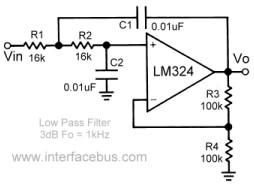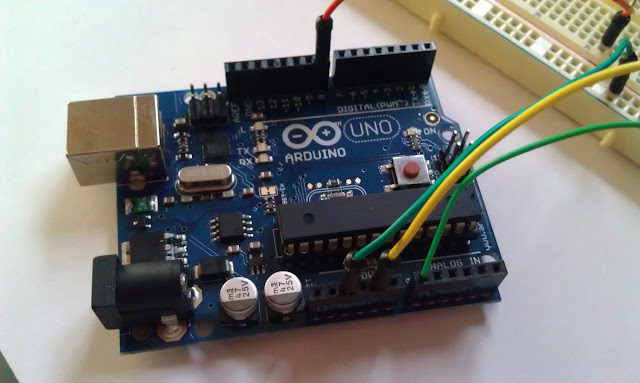This project combines several of my passions all into one… Video, Circuit bending, Arduino, and DIY.
Last week I purchased the Glide Gear DEV 235 Camera Slider.
Now this slider isn’t much on it’s own. When I got it, I was a little disappointed with the friction rail system it uses. It is VERY hard to get a steady slider shot when pushing the camera sled by hand. The smallest variation in pressure causes the camera sled to jitter, giving a very unpleasant look. This also makes the slider almost useless.
Needless to say, I didn’t want to have a slider that couldn’t give a smooth shot. Not to mention, it’s just too irresistible to not make a motorized slider. So I set out to Radio Shack and Galaxy Hobby to get parts for a slider.
Parts:
In terms of parts needed, there isn’t really a whole lot too it. Of course, I went a little crazy and bought a bunch of things I didn’t really need (i.e. project box, Arduino motor shield, multiple sizes of servos, the list goes on). I spent about 100 dollars over all. However, you could easily spend much less than that.
- Camera slider $130
- Arduino Uno $30 (or other programmable micro controller)
- Servo motor $10
- Belt (my prototype used a piece of bright orange ribbon that I had in the closet)
- Concave bearings $2 x2 (used to guide the belt)
- Tread spool $2 (I found plastic ones at a hobby store that were easy to modify)
- Camera bracket mount for DSLR $5 (or a piece of metal with holes drilled in it)
- 2.2k resistors x2 $1
You will need some other things too like random nuts/bolts/screws, a soldering iron, solder, wires, etc. Hopefully you have some of this lying around.
Steps:
- Convert servo to full rotation DC motor gear box
- Hook converted servo to to Arduino
- Write code for Arduino
- Attach converted servo to slider
- Construct belt system
The entire process involved quite a bit of discovery for me. So, I will write a few more posts to explain the different parts and the steps required to completing this Arduino motorized camera slider project.
More to come…
Happy Bending!





































